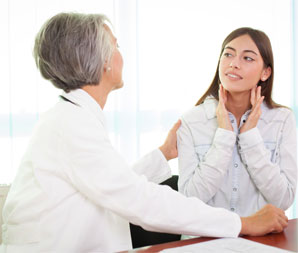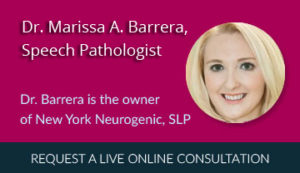Parkinson disease
A patient diagnosed with Parkinson’s disease finds themselves in a world of medical professionals, treatment regimes and the possibilities of serious side effects. The frustration is obvious since Parkinson’s disease is a chronic, degenerative nerve disorder.
Progressive rather than persisting over time, Parkinson’s disease is a neurological disorder involving the central nervous system – the brain and spinal cord. The damage in Parkinson’s disease results in difficulties in walking, talking, swallowing and writing. With about 60,000 people diagnosed Parkinson’s with each year, there are approximately 1 million Americans with the disease.
Who gets Parkinson’s disease?
Anyone can develop Parkinson’s disease at any time. Though it usually occurs in people over the age of 60, but younger people are also not immune to it. It is more common in men than in women.
What Causes Parkinson’s Disease?
The disease occurs when cells in the part of the brain that controls movement are damaged or die. These cells in a midbrain area called substantia nigra produce a substance called dopamine. Working as a neurotransmitter, dopamine enables people to control their movements in a co-ordinated manner. Till now, it has not been established why these cells die. Once more than three-fourth of these cells has been destroyed, the symptoms of Parkinson’s begin to emerge.
According to a research, Parkinson’s disease is also inherited. Your risk of developing the Parkinson’s disease is increased, if you have a close relative affected with the disease. According to one school of thought, since Parkinson’s disease occurs more often in developed nations, environment also plays an important part in the development of the disease.
What are the symptoms of the disease?
The four main symptoms of Parkinson’s disease are tremor, or trembling in hands, muscle stiffness, slowness of movement and impaired balance and coordination. An affected person may experience changes in the facial expressions. They may have problems with swallowing.
Diagnosing Parkinson’s
In a symptomatic patient, doctor needs to take a full medical history, perform a physical examination. Unfortunately, there is no diagnostic test that can confirm Parkinson’s disease.
How is Parkinson disease treated?
There has been a huge amount of research on the disease, which has led to medicines that the main treatment for Parkinson’s. There are some medicines that may slow down symptom progression. Another medicine is also available that mimics the role of dopamine in the brain. According to a new research, low level light therapy (LLLT) has all the potential of improving neuronal cell function in those people affected with Parkinson’s disease. No form of therapy or medicine should be chosen without first consulting a qualified medical professional.
In New York, there are several therapy courses provided by Neurogenic Speech-Language Pathologist for those affected with Parkinson disease.
The article above is part of our website blog and does not represent opinion or advice of Marissa A Barrera and other staff members.
Speech and language therapy NYC | Brain Injury,NYC | GED NYC | Speech Therapy and Autism








